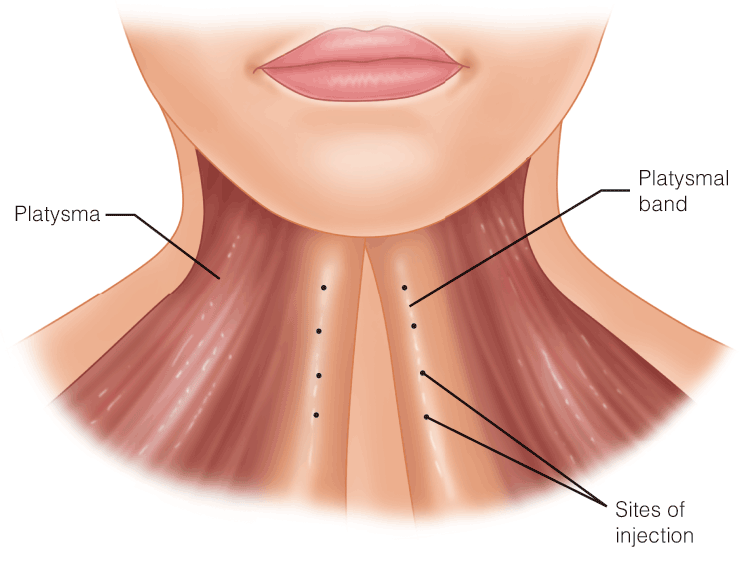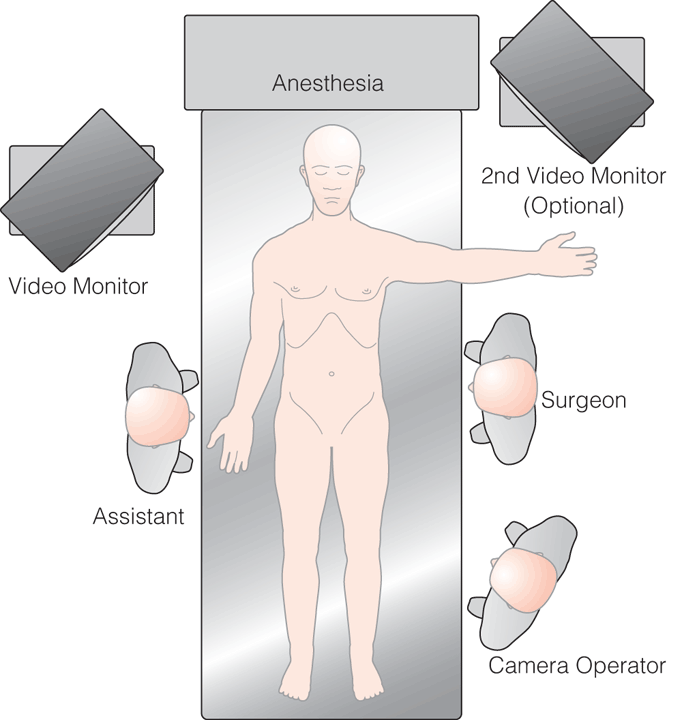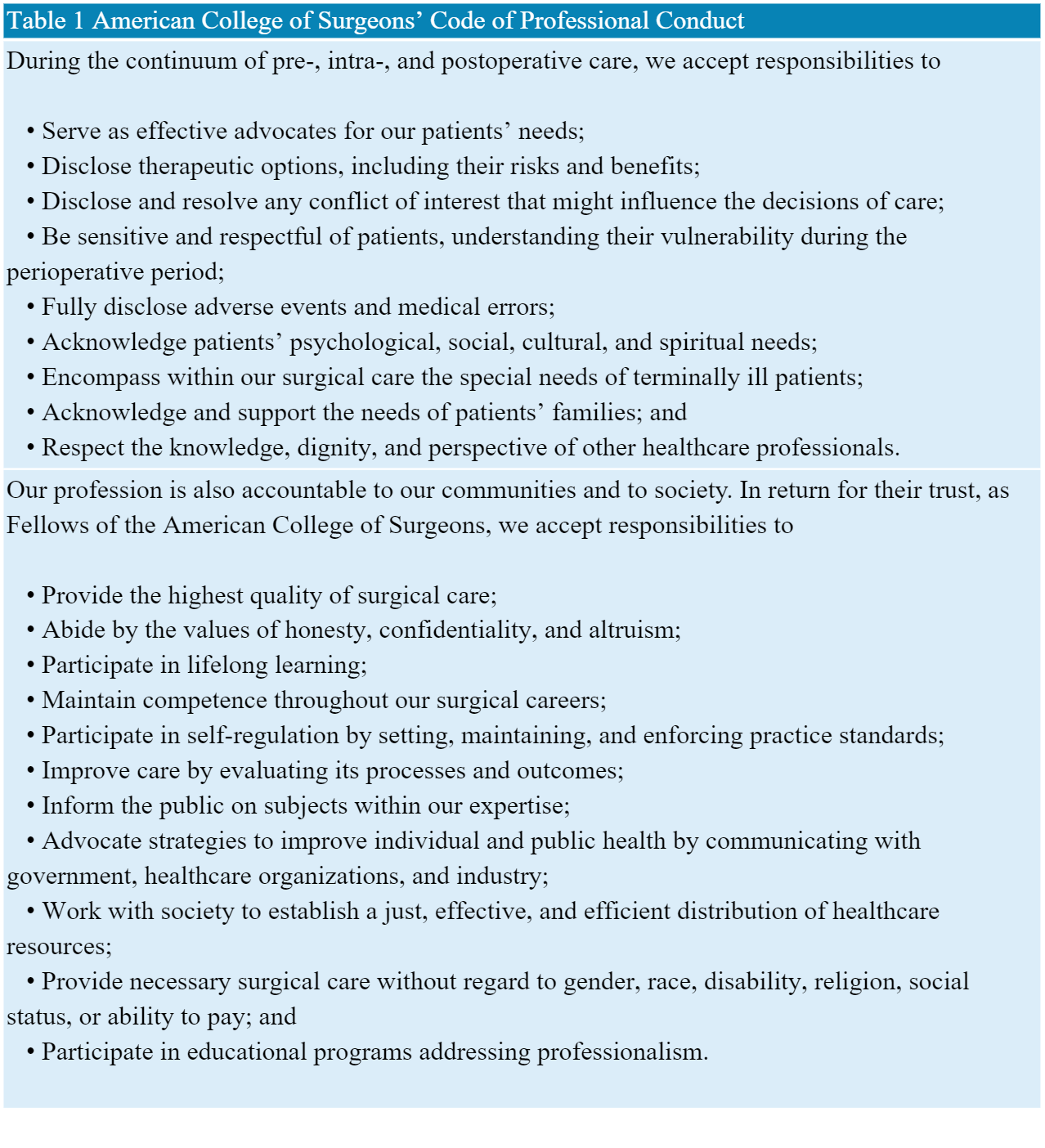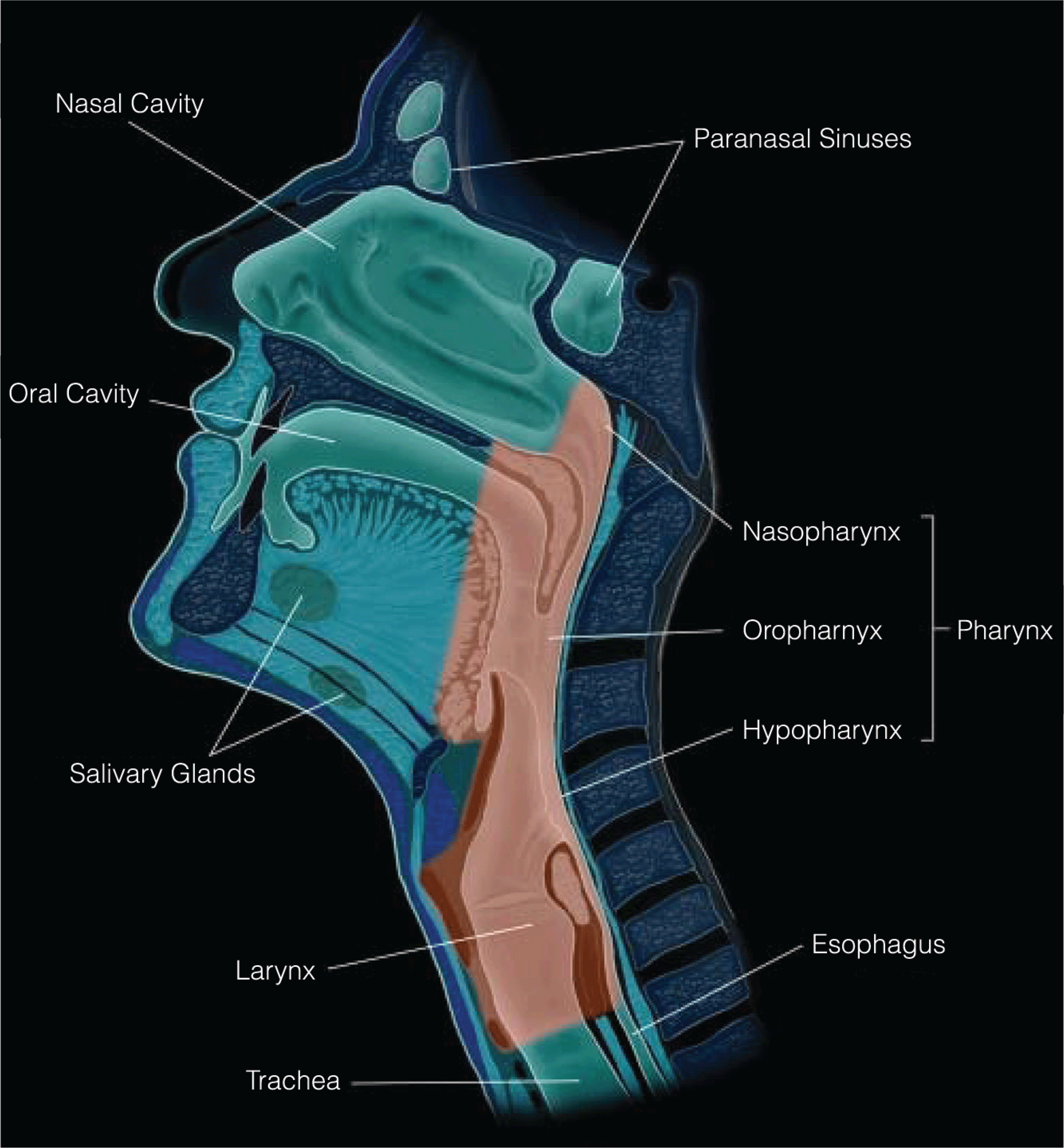- The Committee on Trauma of the American College of Surgeons (ACS-COT) mandates that high-level trauma centers develop a predefined MTP that can be activated to quickly transfuse rapidly hemorrhaging patients. Early activation of a predefined MTP is associated with more efficient use of blood products (reducing waste) and improved patient outcomes. However, early identification of the bleeding patient remains a challenge.
- Viscoelastic assays such as thromboelastography (TEG) and rotational thromboelastometry (ROTEM) assess the coagulation profile of a whole blood sample. Significantly, different parameters derived from the TEG and ROTEM tracings are related to different components of coagulation, enabling targeted correction of abnormalities.
- Although it seems natural and intuitive to follow the same protocol to treat patients with substantial nontraumatic hemorrhage, there is little scientific evidence to support this practice. Of the few studies investigating optimal blood product ratios of nontraumatic hemorrhage available in the literature, MT was unfortunately defined using the outdated criterion of 10 RBC units or more in 24 hours, which, as we have previously stated, is fraught with survivor bias.
Latest Updates


Injectables in Facial Plastic Surgery
- The paradigm for injectables has shifted towards a more pan-facial, integrated approach.
- A combination of chemodenervation and injectable fillers should be used to avoid treatment of stigmata of aging in isolation
- Botulinum toxin has shown potential benefit in wound healing and rosacea
- The use of filler injections in nonsurgical rhinoplasties is an effective approach to temporary augmentation rhinoplasties
- Deoxycholic acid may have other cosmetic applications including facial contouring, lipodystrophy, and reduction of lipomatous tumors
- The development of new synthetic fillers can provide a wider armamentarium in facial rejuvenation.

Epilepsy and Related Disorders
Updated Review
Barbara Dworetzky, MD, Jong Woo Lee, MD, PhD- Brain imaging has made significant progress in recent years and is a cornerstone of diagnosis and characterization of epilepsy.
- The diagnosis and management of psychogenic non-epileptic seizures has significantly evolved in recent years.
- Current practice is to use the drug as monotherapy. The dose is progressively increased until seizures are controlled or adverse effects develop. If seizure control cannot be achieved without significant adverse effects, the drug is considered a failure, and a second drug is chosen and the process is repeated. If the second drug fails, either a third monotherapy trial or a combination therapy can be attempted.

Preparation of the Operating Room
- It is essential that the placement of the patient, the table, heat-generating devices in the operating room (OR), and drapes take into account the possibility that any malfunctioning device might become a source of ignition.... The two most important principles in maintaining a clean environment are, first, to ensure that all the procedures, antiseptics, and cleaning agents are compatible and that they are used correctly, and, second, to monitor the OR and patient outcomes regularly.... There is a small but measurable risk of hypoglycemia with intensive intravenous insulin therapy, but this risk can be mitigated with continuous or near-continuous glucometry or dynamic scale nomograms.

Preparation of the Operating Room
- It is essential that the placement of the patient, the table, heat-generating devices in the operating room (OR), and drapes take into account the possibility that any malfunctioning device might become a source of ignition.... The two most important principles in maintaining a clean environment are, first, to ensure that all the procedures, antiseptics, and cleaning agents are compatible and that they are used correctly, and, second, to monitor the OR and patient outcomes regularly.... There is a small but measurable risk of hypoglycemia with intensive intravenous insulin therapy, but this risk can be mitigated with continuous or near-continuous glucometry or dynamic scale nomograms.

Preparation of the Operating Room
- It is essential that the placement of the patient, the table, heat-generating devices in the operating room (OR), and drapes take into account the possibility that any malfunctioning device might become a source of ignition.... The two most important principles in maintaining a clean environment are, first, to ensure that all the procedures, antiseptics, and cleaning agents are compatible and that they are used correctly, and, second, to monitor the OR and patient outcomes regularly.... There is a small but measurable risk of hypoglycemia with intensive intravenous insulin therapy, but this risk can be mitigated with continuous or near-continuous glucometry or dynamic scale nomograms.

- The central feature of medical ethics is the primacy of the patient’s interests.
- The ethical obligations of a for-profit corporation include maximizing profit and growth.
- The rise of entrepreneurialism and the growing corporatization of medicine also challenge the traditions of virtue-based medical care. When these processes are allowed to dominate medicine, health care becomes a commodity.
- The different obligations of business and medical ethics call the appropriateness of applying industrial models to provision of health care into question. It is no less than each of our professional duties to address these tensions where they exist.



.png)







